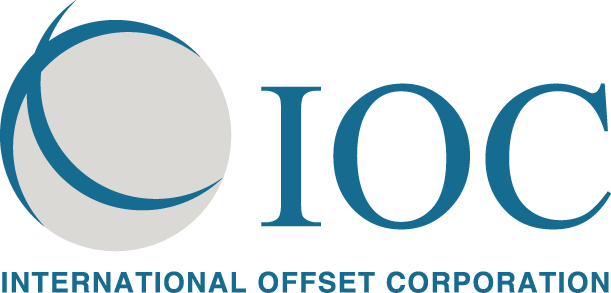IOC Connection
ILLUSTRATION
The following is an illustration of how IOC might approach a developing country’s needs and assist it to evolve through several countertrade steps.
STEP 1
Assume that a developing country seeks to purchase essential products for housing construction. The country is located in a tropical climate. It has an agricultural economy, which centers on growing rice. The government lacks the currency to make the product purchases. True, it might try to sell rice for currency which could be used to purchase materials, but virtually all of its rice production is consumed by the local population at each harvest. Housing needs are at a crisis stage, but feeding the population must be the first priority. Unfortunately, with no collateral or means of repayment, the government lacks the credit to purchase the building materials. It may turn to one of the multi-national funding agencies to address these problems, but the politics of obtaining aid are complicated, and the government has not been successful in past attempts.
Under these circumstances, if IOC were retained by the government to assist, IOC would first explore with the government the potential, if any, for increasing rice production through improved technologies. Conceivably, new equipment could be acquired which would itself increase production enough that the increased capacity could be used to cover the purchase price of the equipment. That is, the rice could be exchanged for the new equipment in a direct barter. Handled the right way, it might be a simple, short-term solution.
STEP 2
But IOC would also recommend exploring a longer-term solution, going beyond barter and into a counter-purchase model. Specifically, IOC would analyze the availability of any untapped resources. The country may have no minerals or other natural resources, or commodities, for export. But IOC might observe that for generations, the rice stalks have been left to go to waste after the rice is harvested, presumed to have no value. IOC might see value in this by-product. For example, it might locate a company that combines resins and agricultural waste products, particularly rice stalks, to manufacture construction-grade pressboard for housing. The manufacturer needs the rice stalks, the government needs the boards. Properly structured, a countertrade transaction in which some quantity of rice stalks is traded to the pressboard manufacturer to purchase some quantity of pressboards would be feasible. This is a simple example of how to uncover value and convert it to buying power, in a countertrade context.
STEP 3
Understandably, the process may not be quite so simple. The availability of rice stalks may be seasonal. This might limit a simple direct barter, and cause delays in the delivery of boards which will be tied to the availability of the rice stalks. To address this problem, IOC might negotiate a counter-purchase or buy-back arrangement with the manufacturer involving some element of credit, whereby the government could buy the boards as needed, but deliver the rice stalks when available, i.e., following each harvest. Alternatively, IOC might see that the rice stalks are sold on the open world market, at the right time, for a higher cash price than being paid by the board manufacturer. The proceeds or receivables from sales might be deposited in a bank to establish trade credit. This could support a credit facility permitting the government to obtain letters of credit. It could also give the government the flexibility to more freely shop for the cheapest board, as well as other priority or emergency products, on its own schedule.
STEP 4
The countertrade modeling need not end there. By accessing the assistance of a multinational finance agency, IOC might be able to assist the government to actually get funding to purchase and operate some of the manufacturing equipment itself. It could manufacture the same pressboards which it had been importing. With the guidance of IOC, and grant funding, local workers could be trained in the basic manufacturing skills necessary for production. Thus, the government could own and operate the equipment, use the products domestically, and export excess capacity. It could use net revenues to pay down its credit facilities. Eventually, the government could transition the ownership of the manufacturing business to the private sector, as its managers became more capable of handling the responsibility and understanding the economics of the business. A cottage industry would be born. It could also spawn horizontal industries, and create new employment and a more skilled workforce.
IOC CONNECTION
Clearly, the foregoing illustrates how countertrade can be a very powerful trade financing tool. Of course, it can involve many challenges. But IOC is equipped to provide the necessary expertise to overcome the challenges and deliver results.
IOC is available to be engaged by suitable clients. Typically, IOC’s client will be the host government in a developing country, or an agency of that government. IOC is ready, able and willing to confidentially review individual needs and objectives with government representatives. All inquiries are invited.
Compensation arrangements will reflect the nature, risk and duration of the assignment, as determined by IOC on a case-by-case basis. Typical compensation arrangements include a combination of: (1) a cash consulting fee, paid as an advance lump sum retainer, (2) a success fee, paid upon conclusion of one or more benchmark events, such as completion of a trade transaction, establishment of a grant or credit facility, etc., and (3) reimbursement of out-of-pocket expenses incurred in furtherance of the assignment.
Assignments are managed and performed by IOC’s internal team of experts. As part of its consulting services, IOC may require that one or more independent experts be retained and compensated by the client directly.

